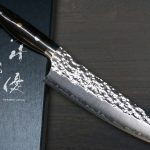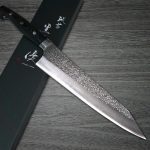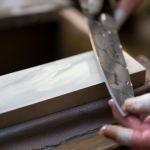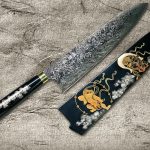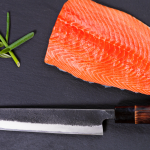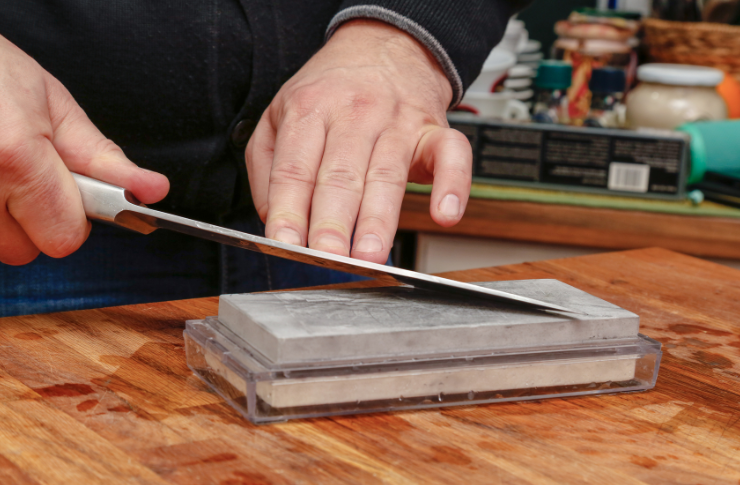Knives are indispensable tools in any kitchen, and like any tool, they can wear out over time. Knowing how to gauge the lifespan of a knife can help users maintain optimal knife performance and ensure safety. Here’s a guide to help you determine when it might be time to retire or replace your knife:
Sharpness and Edge Retention:
Over time, even the best knives will dull. Regular honing can help maintain an edge, but if sharpening doesn’t restore its cutting ability, it may be nearing the end of its lifespan.
Blade Integrity:
Inspect the blade for any chips, cracks, or nicks. Minor imperfections can often be repaired, but larger defects or multiple issues might mean the knife is no longer safe or effective to use.
Rust and Corrosion:
While some spotting can be cleaned, extensive rust or corrosion, especially deep-set, can compromise the knife’s strength and healthiness. Stainless steel knives resist rust better than high-carbon steel knives but aren’t entirely immune.
Handle Security:
A loose handle is a significant safety concern. If the handle wobbles or feels unsteady, it’s crucial to address the issue. Sometimes it can be repaired, but often, it’s a sign the knife needs replacing.
Balance:
A well-balanced knife provides control during cutting tasks. If the knife feels off-balance, either due to wear on the handle or issues with the blade, it might be time to consider a new one.
Erosion:
With prolonged use, especially if exposed to acidic foods, the blade can thin out and erode. A noticeably thinner blade than when originally purchased indicates significant wear.
Frequent Repair:
If you find yourself constantly trying to repair and maintain your knife more than using it, it might be more cost-effective and safe to invest in a new one.
Age:
While age alone isn’t always a definitive factor (some well-maintained knives can last decades), older knives might not meet current safety and performance standards.
Conclusion
Proper maintenance and care can extend the lifespan of a knife significantly. Regular cleaning, honing, and periodic sharpening are essential. However, recognizing when a knife has reached the end of its practical life is crucial for safety and efficiency. When in doubt, consult with a cutlery expert or consider investing in a new knife that promises to serve you well.
